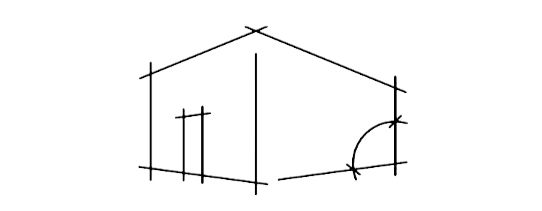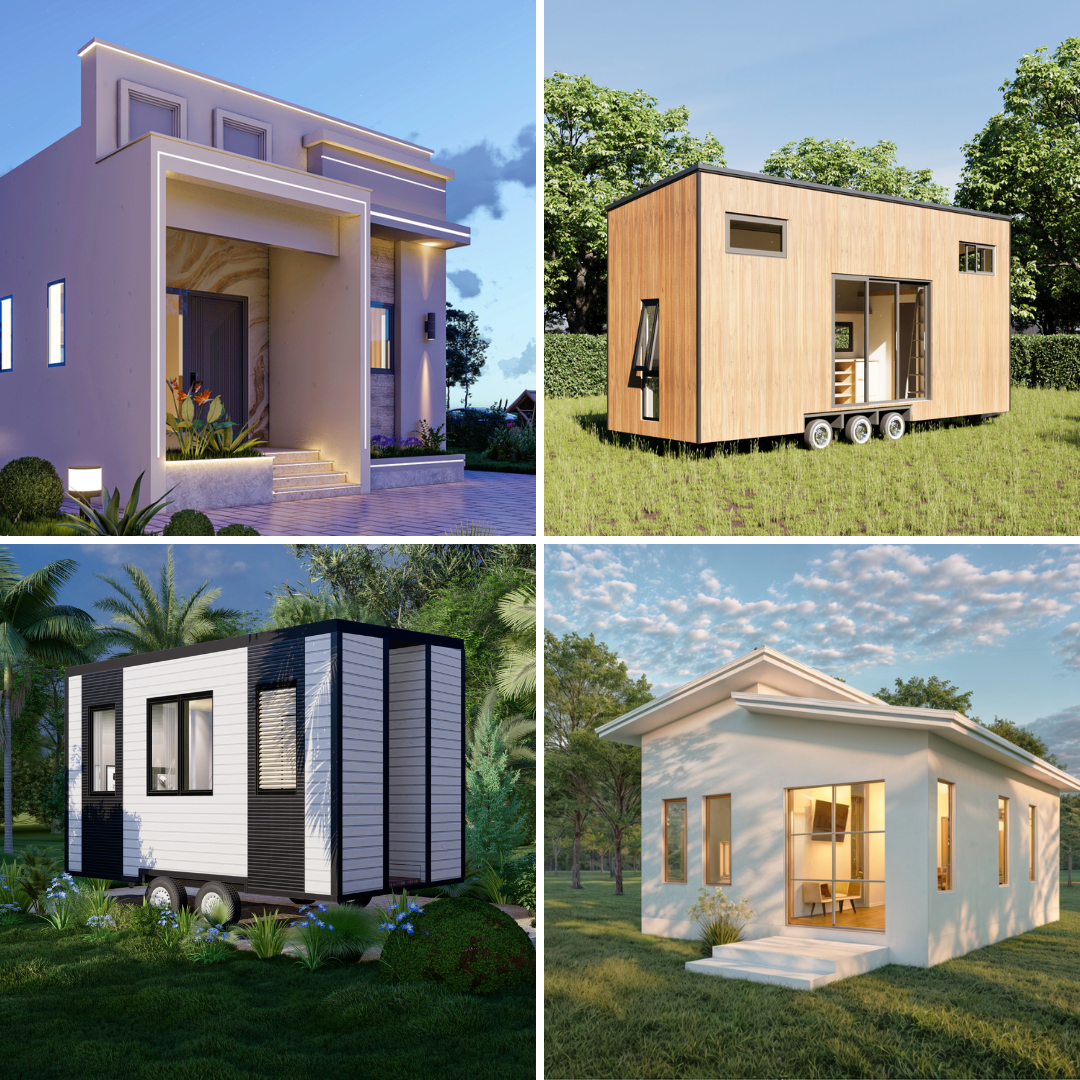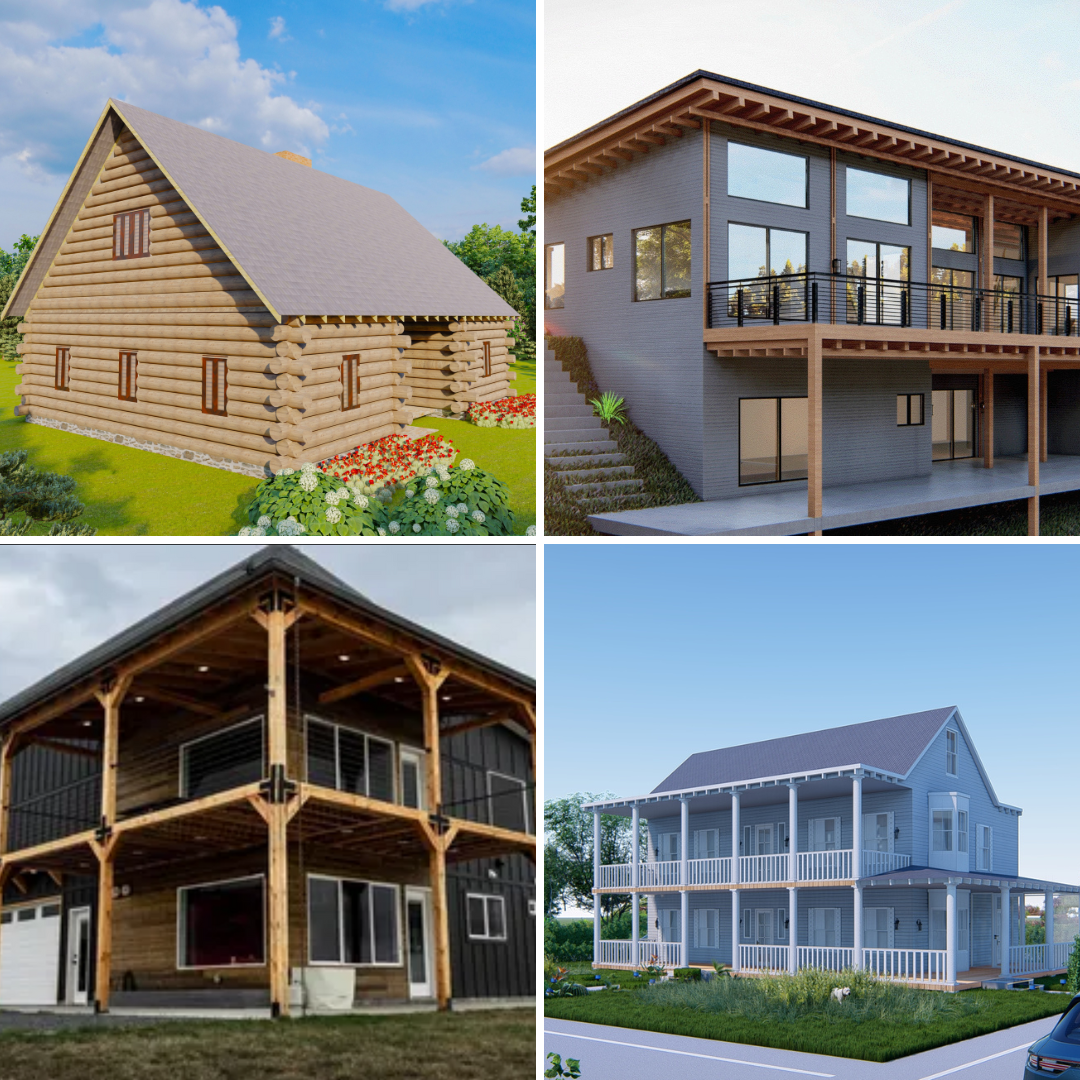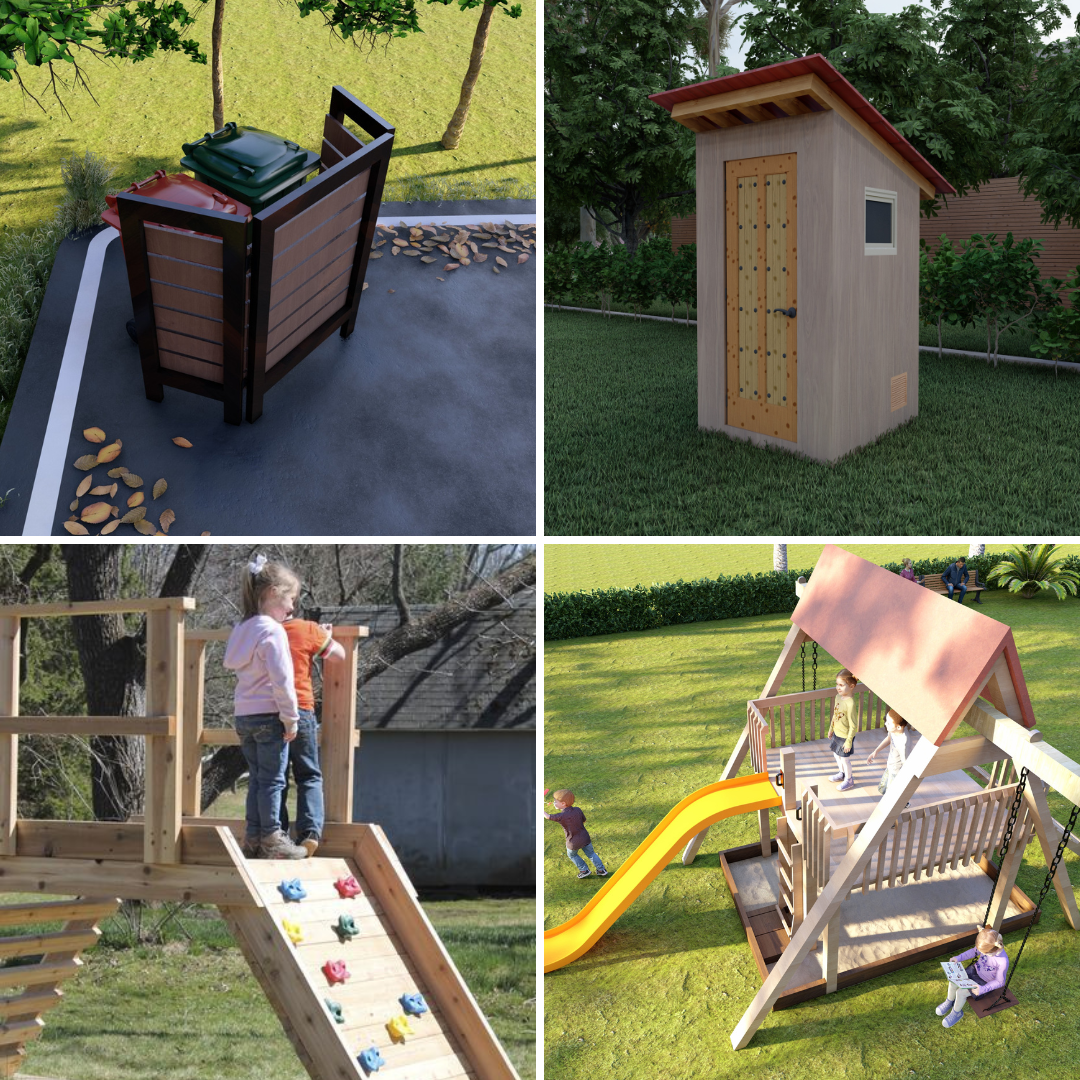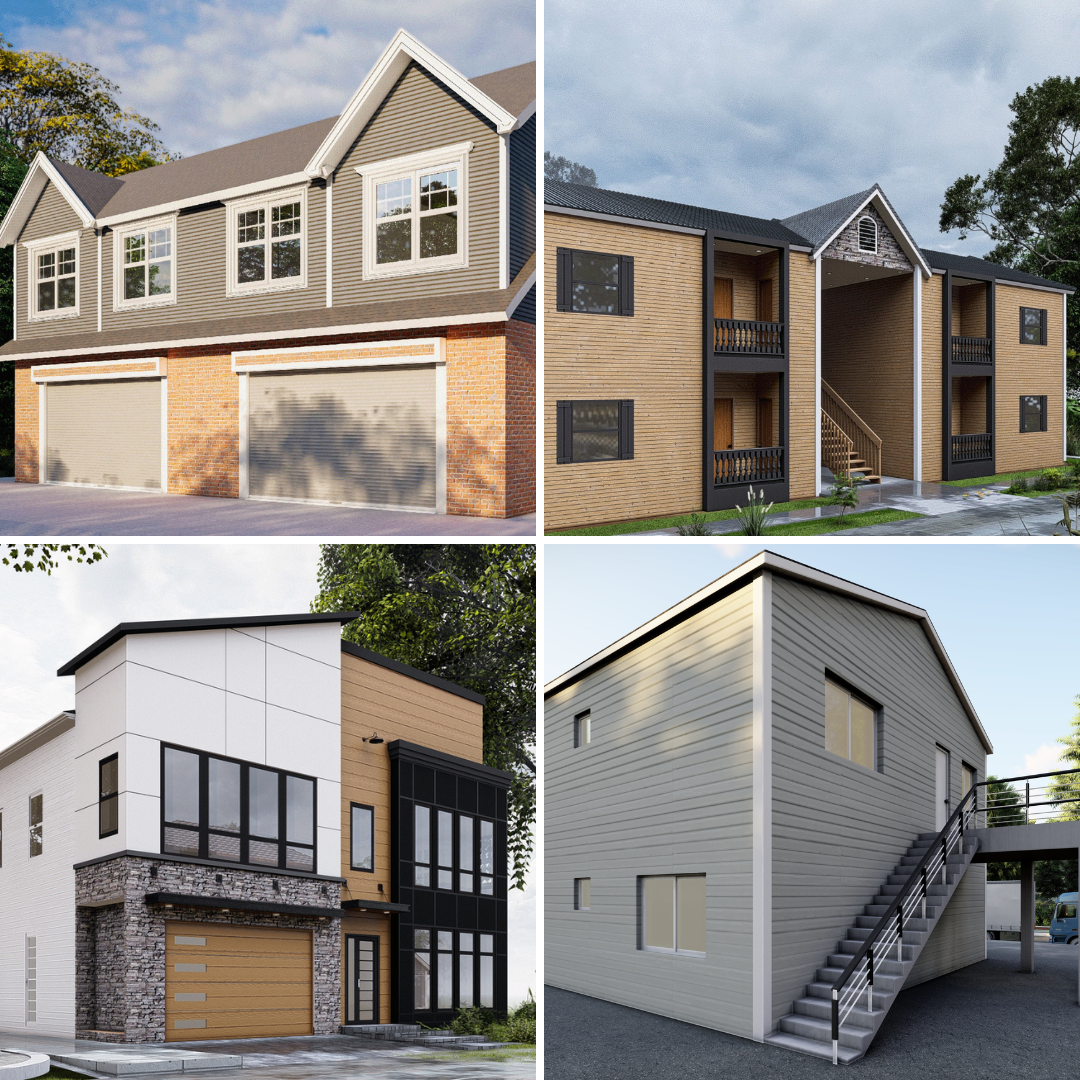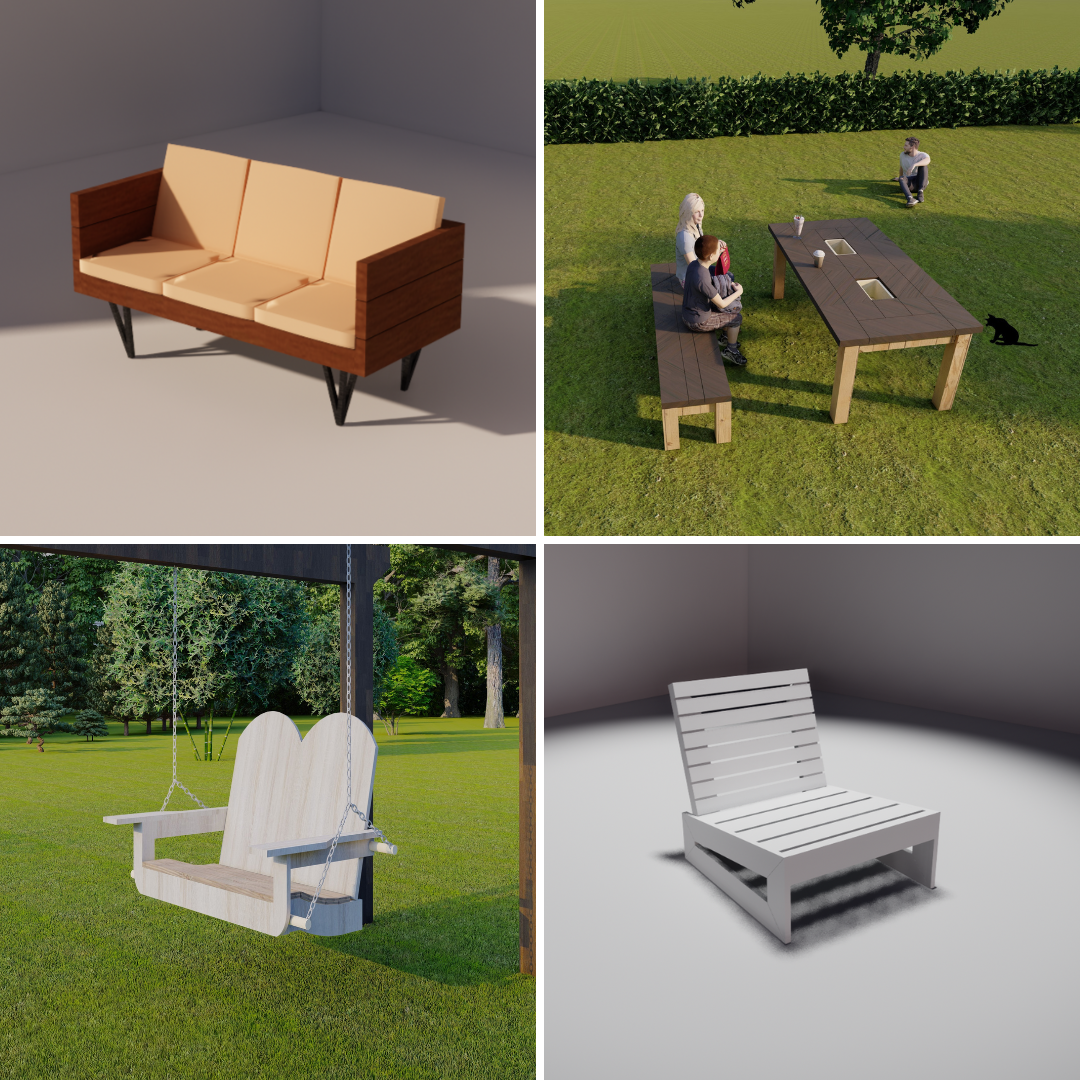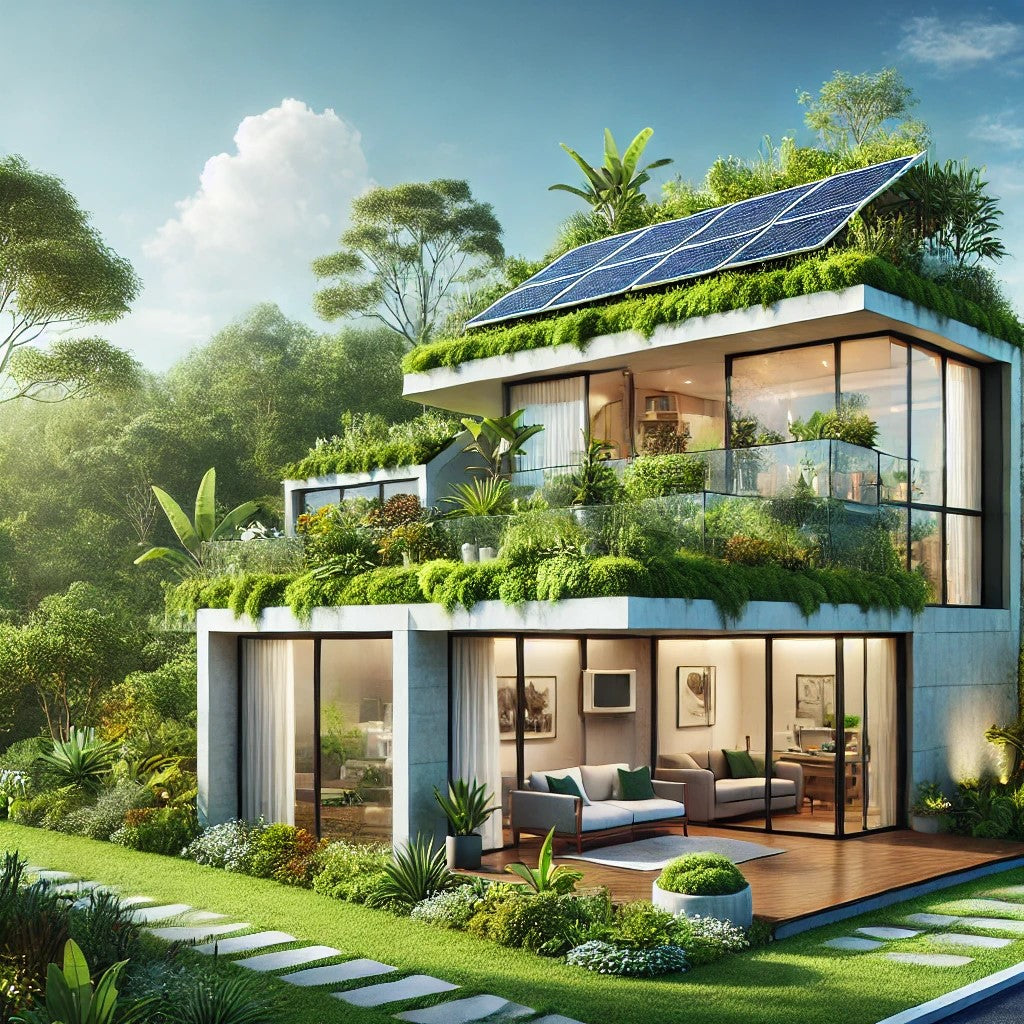
Top 5 Sustainable Home Designs for an Eco-Friendly Lifestyle
Share
Introduction
In today’s rapidly changing world, adopting a sustainable lifestyle has become more important than ever. Homes are at the forefront of this shift, as people increasingly seek out eco-friendly designs that harmonize with the environment while reducing their carbon footprint. Whether you're planning a new build or retrofitting an existing space, embracing sustainable architecture is a vital step toward a greener future. For those interested in implementing cutting-edge, eco-conscious designs, exploring House & Cabin Plans can provide innovative solutions tailored to your needs.
Inspiration is everywhere, and remarkable examples abound. To see how creative minds have fused sustainability with style, check out the resource "11 Eco-Friendly Houses That Combine Sustainability and Great Design." These homes demonstrate how thoughtful architecture and design can create spaces that are as functional as they are beautiful.
Below, we’ll dive into three trending sustainable home designs that have captured the imagination of eco-conscious homeowners around the globe.
1. Passive Solar Homes: Nature’s Power at Work
Harnessing the sun’s energy is one of the most effective ways to create an energy-efficient home. Passive solar design revolves around optimizing a home’s orientation, window placement, and thermal mass to maximize natural heating and cooling without relying on mechanical systems.
Why Passive Solar Design Works
-
Orientation Matters: Passive solar homes are typically oriented to face the sun, ensuring maximum exposure during colder months while minimizing heat gain during summer.
-
Strategic Window Placement: Large south-facing windows (in the Northern Hemisphere) capture sunlight, while smaller, well-insulated windows on other sides reduce heat loss.
-
Thermal Mass Materials: Materials like concrete, brick, or stone absorb and store heat, releasing it slowly to maintain a comfortable indoor temperature.
Key Benefits of Passive Solar Design
-
Energy Efficiency: Reduces reliance on artificial heating and cooling, significantly lowering energy bills.
-
Low Environmental Impact: By utilizing renewable energy sources, these homes minimize greenhouse gas emissions.
-
Cost-Effective: Once built, passive solar homes require minimal maintenance and no ongoing energy costs for climate control.
Getting Started
Begin by consulting with an architect or builder experienced in passive solar design. Tailoring your home to your local climate and site conditions ensures optimal results.
2. Tiny Homes: Maximizing Space, Minimizing Footprint
Tiny homes have surged in popularity over the past decade, and for good reason. These compact living spaces prioritize functionality while using fewer resources, making them an excellent option for those looking to downsize and embrace minimalism.
The Appeal of Tiny Homes
-
Eco-Friendly Materials: Builders often use recycled or sustainably sourced materials to construct tiny homes, further reducing their environmental impact.
-
Energy Efficiency: Smaller spaces require less energy to heat and cool, making them naturally more efficient than traditional homes.
-
Affordable Living: Lower construction and maintenance costs make tiny homes an attractive choice for budget-conscious homeowners.
Versatility and Innovation
Tiny homes can be customized to suit various lifestyles and needs. From off-grid solar systems to water recycling setups, these homes offer a wealth of opportunities to incorporate sustainable technologies.
Living Big in a Small Space
While living in a tiny home requires careful planning and organization, it also encourages a simpler, more intentional way of life. Whether stationary or mobile, tiny homes can be a cornerstone of a sustainable lifestyle.
3. Green Roof Homes: Bringing Nature to Your Roof
Green roofs—roofs covered in vegetation—are becoming increasingly popular in sustainable home design. They offer numerous environmental and aesthetic benefits while creating a unique connection between the home and its surroundings.
How Green Roofs Work
-
Layers of Design: A typical green roof consists of a waterproof membrane, drainage system, growing medium, and plants.
-
Plant Selection: Native or drought-resistant plants are ideal, as they require minimal maintenance and water.
-
Structural Considerations: Green roofs add weight, so the underlying structure must be engineered to support the load.
Environmental Benefits
-
Improved Insulation: Green roofs provide natural insulation, reducing heating and cooling needs.
-
Stormwater Management: They absorb rainwater, reducing runoff and mitigating urban flooding.
-
Air Quality: Plants on green roofs filter pollutants, improving air quality.
-
Urban Biodiversity: In cities, green roofs create habitats for birds, bees, and other wildlife.
Incorporating Green Roofs
While installing a green roof may require an upfront investment, the long-term benefits—both financial and environmental—make it a worthwhile addition. Consult with specialists to ensure proper design and installation.
Conclusion
Adopting sustainable home designs isn’t just about saving energy—it’s about creating homes that are healthier, more comfortable, and in tune with the natural world. Whether you’re drawn to the energy efficiency of passive solar homes, the resourcefulness of tiny homes, or the environmental benefits of green roofs, these options offer exciting possibilities for eco-friendly living.
Explore these ideas further and take the next step toward a greener future. Sustainable living isn’t just a trend; it’s a movement that empowers individuals and communities to make a lasting impact on our planet.
